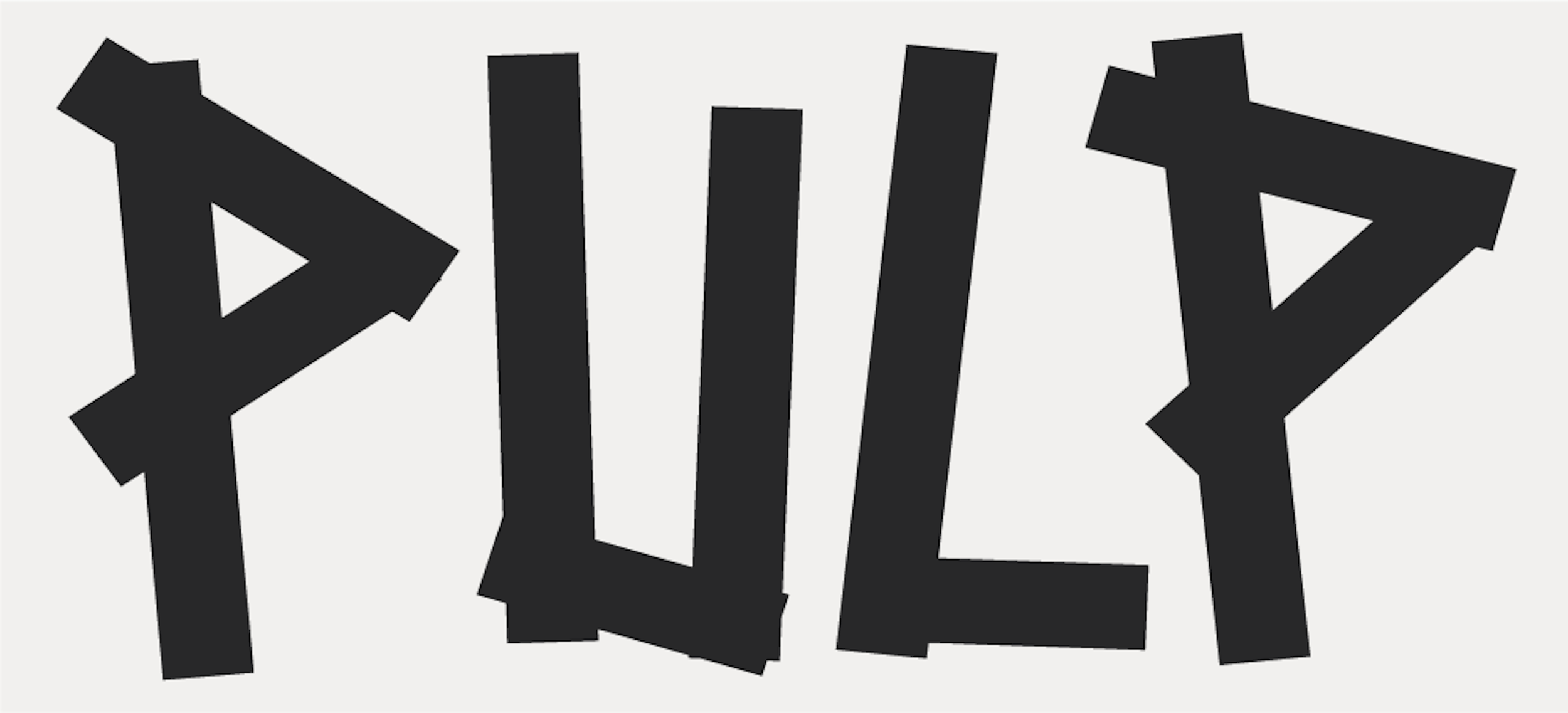Bi or Pan? It’s about time we knew the difference
A perspective from Francesca Wallis amidst Pride Week.
I identify as bisexual, pansexual and queer. When I came out, I initially just said I was bi, because that seemed like the label that would elicit the least questions out of the three. In the years of exploring how my sexuality deviated from heteronormativity, bisexual was the label I felt fit me the best.
When I felt attraction to people of non-binary genders, bisexuality still fit, because it isn’t limited to the gender binary. However, it never felt like it wholly described my sexuality. I didn’t find that I had a ‘type’ – it could be anyone. There were certain qualities I liked, but eventually I realised that gender doesn’t really enter the equation: it’s just about the person, who they are and the energy they exhibit. Sure, I can still be attracted to people purely physically, but it’s never based on sex or gender. Since I am attracted to more than two genders, I identify as bisexual, and since I am also attracted to people regardless of gender altogether, I identify as pansexual. I also use the umbrella term of queer because that just feels like it encompasses everything neatly. But there is so much confusion surrounding bisexuality and pansexuality and the difference between them. When I did eventually come out as pansexual as well, I was of course repeatedly asked, “Ok… but what actually is the difference between bisexuality and pansexuality?”
Bisexuality
Firstly, there is a misconception that bisexuality means attraction to just two genders, generally men and women, although this can be the case. Just like bilingual means that you speak more than one language (not necessarily just two), bisexuality means you’re attracted to more than one gender. Bisexuality does not adhere to the gender binary and can include any and every gender. Another misconception of bisexuality that often arises when compared to pansexuality is that bisexuality is transphobic. This carries on from the myth that, unlike pansexuality, bisexuality excludes non-binary or trans people, which is a false and damaging assumption. Again, you can be bisexual and be attracted to any or all genders. Further, trans men are real men and trans women are real women – so, as men and women are included in bisexual attraction, then of course trans people are too.
Different people define bisexuality differently. But put simply, it is the potential attraction to two or more genders.
Pansexuality
Pansexuality is the potential attraction to people regardless of gender, as gender doesn’t play a role in attraction. This doesn’t mean you’re attracted to every person you see, just like straight people aren’t attracted to every one of the opposite gender. Rather, the potential of your attraction isn’t limited by gender or anatomy.
Depending on the context and situation, different identities may feel more comfortable for individuals. For instance, I might tell my friends that I’m bi/pan/queer, but if I was to ever come out to my grandmother, I would probably just say I was bisexual, because it is a more common term than pansexual, and queer still holds negative connotations for some people from older generations. But queer feels most freeing to me, and so I use that if I feel safe doing so and don’t feel like identifying with a specific label. In situations where I don’t have the emotional energy to put into describing the terms pansexual or queer, I just say I’m bi, and that’s okay.
Both pansexuality and bisexuality are valid and complete identities. They are not a mid-point between gay and straight, and you don’t necessarily have equal attraction split across genders. Sexuality is fluid, and you can identify with whatever label/s you feel fit your identity, even if that’s none of them.
The USU is celebrating Pride Fest from 31 August - 2 September.
